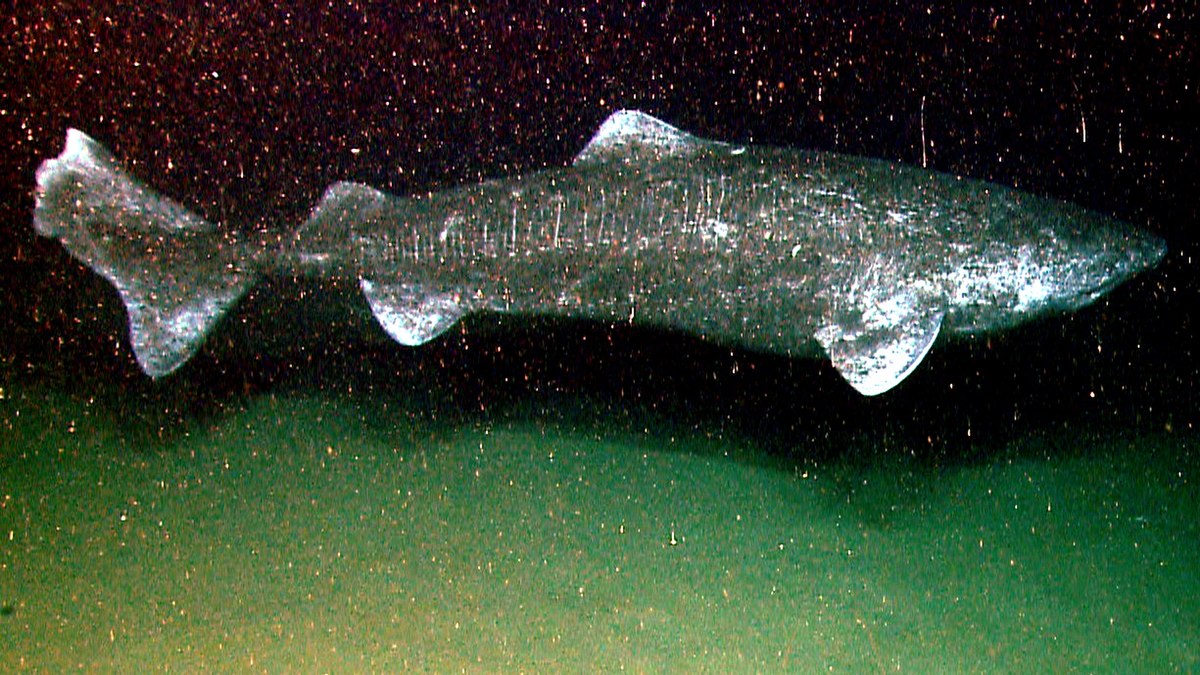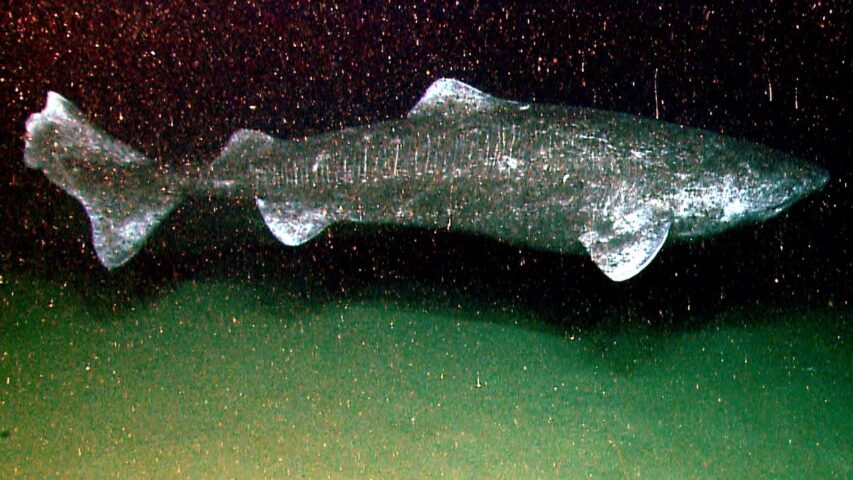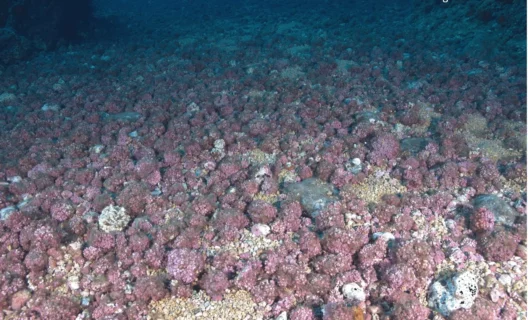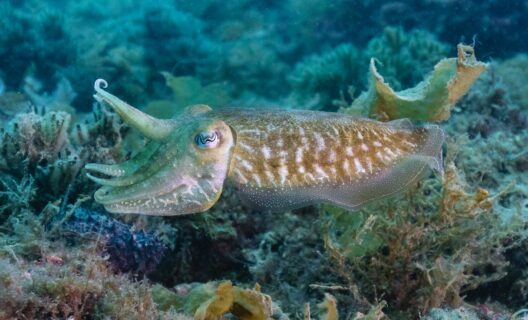

Reading time
0 min
Through DNA repair mechanisms and a specific protein alteration, it reaches 400 years old
Longevity and health are worthy goals that are under constant investigation, and mapping the genome of the Greenland shark-the longest-lived vertebrate on the planet, with an estimated lifespan of about 400 years-may be a step toward unlocking its secrets.

""
An international research team, involving CNR-Ibf and Scuola Normale Superiore di Pisa, has published in BioRxIv a study that sheds new light on the molecular mechanisms that allow the Greenland shark(Somniosus microcephalus) to live so long.
""
The peculiarities of the Greenland shark
This animal has unusual characteristics. Predated for centuries for its liver oil until the development of synthetic oils, it measures approximately six and a half meters and lives in the seas of the planet’s northern hemisphere, at a depth of about 2,600 meters. This hard-to-reach habitat limits information about its behavior: the only available observations come from underwater videos that show its slow movements. Yet it feeds on seals: it is unclear how such a slow-moving animal manages to catch them. And it lives remarkably long.
""
A genome with surprising traits
Mapping the genome of the Greenland shark has revealed several unique features. First of all, its size: its genetic code consists of 6.5 billion base pairs, twice the size of that of humans. Among shark genomes sequenced so far, it is the largest.
Second, an abundance (over 70 percent) of so-called repetitive elements has been found. Usually these particular DNA sequences, often called “selfish” because they lack useful genetic information (as well as potentially damaging the integrity of essential genes), have a negative reputation. In this case, however, scientists speculate that the very repetitive elements may play a role in its exceptional longevity.
Again: in the genome of the Greenland shark, many duplicated genes are involved in DNA damage repair. Since DNA undergoes damage on a daily basis, the presence of an efficient repair mechanism, such as that observed in other long-lived species, could be another factor explaining its long lifespan.
Finally, an alteration in the p53 protein was identified. Known as the “guardian of the genome,” this protein is the most important known tumor suppressor. In several species, including humans, it plays a key role in coordinating the cellular response to DNA damage. The alteration of p53 found in the shark, the study hypothesizes, could also contribute to shark longevity.
""
Future prospects: learning the secrets of longevity
“Exploring the genetic basis of the enormous diversity of lifespans across species offers a completely new perspective to investigate the mechanisms that enable exceptional longevity,” said Alessandro Cellerino, a neurobiologist at the Scuola Normale Superiore in Pisa.
Future studies may provide insights into research on aging and age-related diseases in humans as well.
The journey goes on
Every story paves the way for the next: discover where biodiversity takes you













